General Sosthène Fernandez (1923-2006) was a politician and former chief of police who went on to become Commander-in-Chief of the Khmer National Armed Forces (FANK) and chief of general staff of the Khmer Republic after Prince Sihanouk was deposed as head of state in 1970. He was one of so called ‘the seven traitors’, who were at the top of the execution list complied for when the Khmer Rouge seized power.
He was born on November 23, 1923, in Pursat to a Cambodian judge father, who later became a cabinet minister, and a Kampuchea-Krom mother.
General Fernandez claimed his very un-Cambodian sounding name came from a mix of Portuguese, Spanish and Filipino ancestry on his father’s side.
According to Philippine government records, in 1872 Cambodia’s King Norodom I made a historic visit to the Philippines, the first and only visit of a reigning monarch during the Spanish colonial period. On his return to Cambodia, he brought with him a group of Filipino musicians, among them Angel Labrador Fernandez from San Narciso, Zambales. He was a Maestro who helped form and train the Royal Reed and Brass Band for the court of Norodom I.
The son of Angel L. Fernandez, Samson Fernandez, became Minister of Health and Justice in the 1950s. Samson’s son was Sosthène Fernandez.

“They were the musicians who followed the traders” General Fernandez once said in an interview.
Swiss-French journalist Richard Werly discovered in 2015 that he lived close to one of the general’s family, and was offered manuscripts left behind after Fernandez died in 2005. These were later edited by Werly and released as a book Mémoires d’une guerre oubliée. (Memories of a Forgotten War), which is one of the sources used in the following biography.
Writers note: the actual rank of the subject often changes with different contemporary sources. The ranks given are what are quoted from the sources, otherwise the term ‘General’ will be used.
According to Werly, Fernandez first came to prominence in 1946, when he founded the Cambodian Liberal Party (Kanaq Sereipheap) with Prince Norodom Norindeth. This political party – which, according to certain sources, was funded by France, was fiercely anti-communist, and did not demand independence unlike their opponents.
However, an article in The Times News (August 13, 1970) by Kenneth Braddick reported that Fernandez ‘quit school to go into army officers training on the side of the French colonial government then fighting the Viet Minh. He graduated with a commission in 1947 and was given a section in the northwestern province of Battambang…. where he met his wife’.
Werly says Fernandez was elected to parliament in 1951, and by the 1960’s had the rank of Colonel and became the head of public security in the government of Sihanouk.
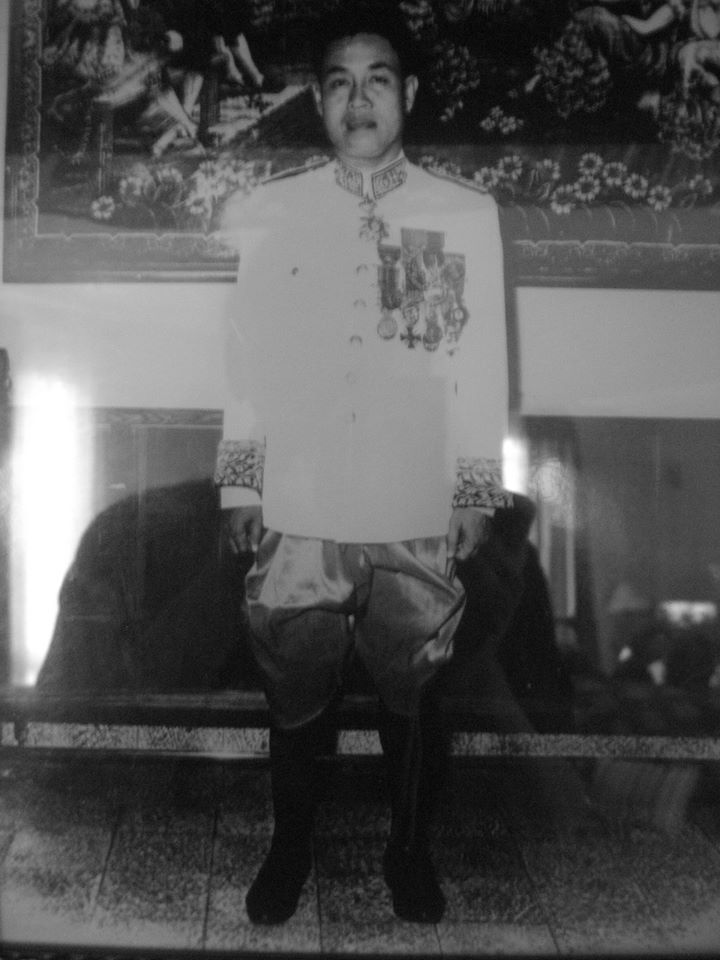
Following the Tet Offensive in 1968, parts of the Cambodian army began leaning more towards to US.
“Armed Vietnamese are continuing to install themselves in Khmer territory near the frontier” Fernandez is quoted as saying when State Security Secretary in 1968.
As part of the coup executed by Sirik Matak and Lon Nol in 1970, a campaign to discredit Fernadez, who was seen as a Sihanouk loyalist, was launched. Following charges of ‘ smuggling’ (which historian George McTurnan Kahin wrote were more than justified, but nothing compared to the scale on which Lon Nol engaged in such activities), the National Assembly removed Fernandez from office during a session lasting from March 16-18, 1970.
To avoid being arrested, he said in his memoirs, he presented himself to the Ministry of the Armed Forces and declared his loyalty to the state, and General Lon Nol “I never did politics. My career has unfolded like yours … I was not at all aware of the preparation of a coup.”
A few months later, in August, Kenneth Braddick reported in The Times News that General Fernandez was commanding the 2nd Military Division (Southwest) based out of Kampong Speu. He had already fought campaigns around Kampong Speu, including Kirirom and the Pich Nil pass, along with the hot-spot of Saang in Takeo. In Kampong Speu, Fernandez had given up on his afternoon nap to practice English by listening to old gramophone records.
“When the Americans come to help us, I want to be able to speak to them myself so I’m sure we understand each other” he told the American reporter in perfect French.
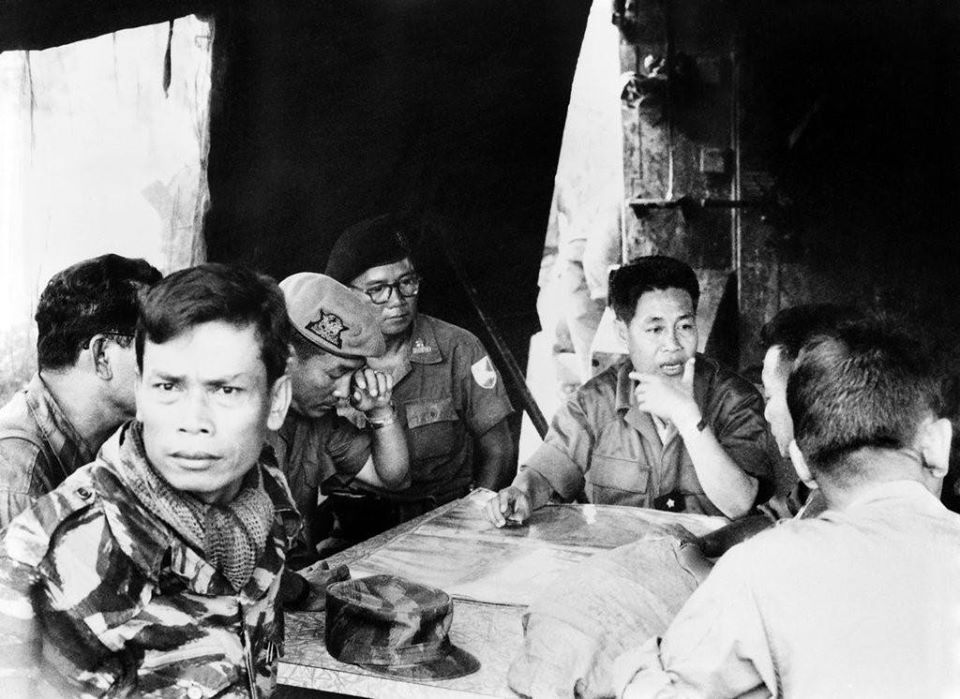
Another American journalist Dan Southerland was less than impressed by the General. Writing for RFA in 2006, he recalls his meeting in Saang.
“In the early stages of the Cambodian war, I interviewed a Cambodian army general in Saang who assured me that despite his army’s retreat from a wide swath of territory in eastern Cambodia, he had the situation fully under control.
The general, named Sosthene Fernandez, had ensconced himself in a wicker chair next to a farmhouse. He munched on a stick of sugar cane.
Not far into the conversation, we began to take incoming fire from a sniper. This signaled the arrival of North Vietnamese and Viet Cong troops who had been operating in the area.
The Cambodian army wasn’t inclined to patrol beyond its immediate perimeter. So life was full of surprises.
I decided that I would be safer moving down into the trenches with the Cambodian troops, who were beginning to return fire, rather than remain above ground with the general. I took a few pictures of the men in the trenches, crawled from there to my car, and then asked my driver to get us back to Phnom Penh as quickly as possible.
Brig. Gen. Fernandez, I concluded, was one of the least competent generals in the Cambodian army.
….As I wrote at the time, Fernandez achieved a certain notoriety when he marched about a hundred Vietnamese civilians carrying a white flag out to the front lines to tell the Viet Cong to stop invading Cambodia. Cambodian soldiers marched behind them.
The Viet Cong apparently tried to wave the group off, but opened fire when the civilians kept coming. The Cambodian troops also fired. At least four Vietnamese civilians were wounded.
But this did nothing to damage Fernandez’s reputation with the Cambodian leadership. Somehow the general eventually became commander of the Cambodian armed forces and, after being ousted from his post in March, 1975, survived the war by flying out of Phnom Penh.”

A story was reported in 1971 by Duoc Rasy, a newspaper owner and government minister in the weekly ‘Realites Cambodgiennes’.
“There is no smoke without fire” the article began “To prevent the closure of a gambling-house opened by his brother Jules Fernandez, General Sosthène Fernandez went with a large number of troops and armored cars to the central station of the military police of the capital on March 28. During the war, if a general who commands a military region decides to leave his headquarters and come to the capital with fully armed men, the game must be worth the candle.”
Despite this, Fernandez was promoted to commander of the government army (FANK) in September 1972. Under U. S. pressure, he at once began to look into the padding of army rolls, after numerous complaints were made about ‘phantom soldiers’- who existed enough on paper for salaries and other benefits to be paid to their commanders, but never in the field.
A head count was taken, and one brigade and a couple of battalion commanders were put under arrest and ordered to return the money they had collected. The effort soon slowed down, in part because neither Lon Nol nor his good friend Brig. Gen. Ith Suoang, commander of the First Division in the capital, would allow counting in other units.
However, the loyalty of General Fernandez to the increasingly erratic, now self-proclaimed Marshall, Lon Nol was being questioned by the CIA. Following the disaster of Operation Chenla II and the civil war looking unwinnable, trouble was brewing within the government.
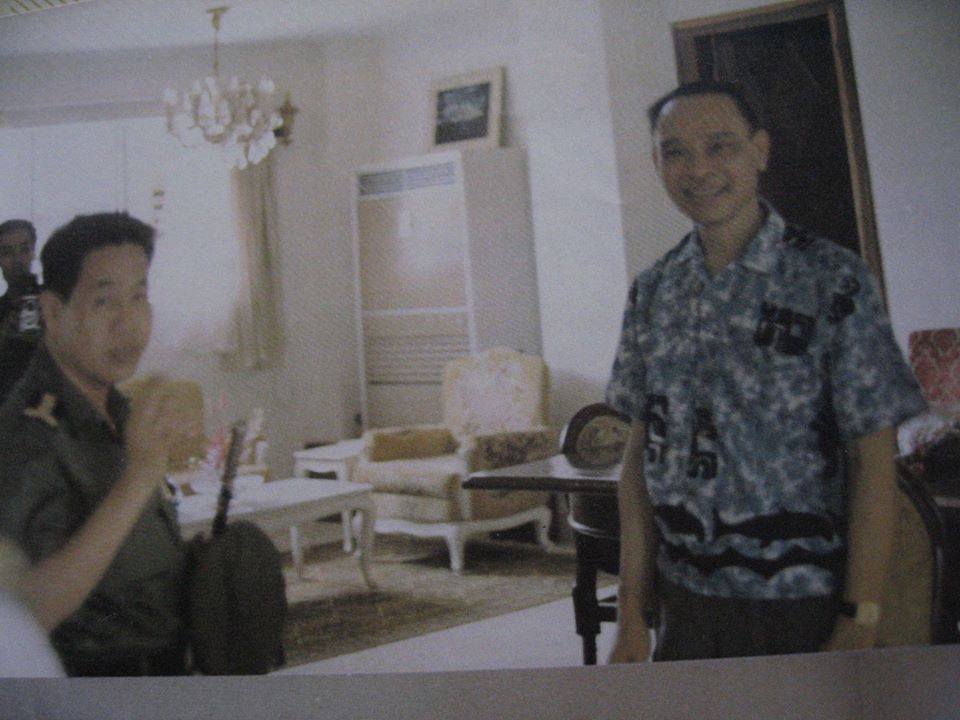
A CIA cable dated 26 February, 1973 described the situation in Cambodia to Kissinger.
“2- There is little hope of the army getting much better, although the current chief of staff, Sostene Fernandez, seems to be attempting its revitalization. It will be a formidable task. Some effective reorganization and tactical improvements may be possible, but the chances of overcoming the blatant corruption and poor leadership which have plagued the FANK from the start are not good. Lon Nol has been reluctant to provide the forceful backing that serious reforms would require. The precedence of personal friendship over professional competence is an entrenched tradition not likely to be easily cast off.”
The same cable continues to discus political in-fighting within the Republic.
“Ethnic discrimination also hurts Sostene Fernandez, who is of Filipino and Portuguese descent; he is also suspected of residual loyalty to Sihanouk.”
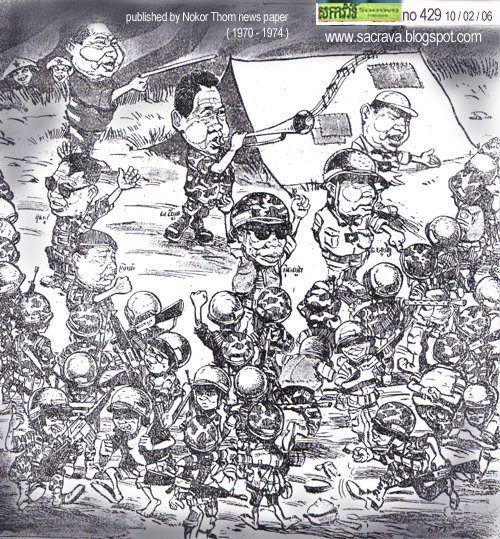
Oun Kaov , Srey Ya ,Ith Soung and N.Chantaraingsey
By July 1973, morale in the FANK units reached an all-time low, which General Fernandez appeared to acknowledge in a radio, in which he pleaded with citizens to ignore all “rumors” about how weak the Government forces were.
“We are not yet defeated,” he said. “Do not lose heart. appeal to all our civilian brothers to join with us so we can enlarge our forces and fight to the finish with the enemy. We must recruit more troops.”
One of the principle 1970 coup plotters and cousin of Sihanouk, Sirik Matak had privately attempted to bring back the prince, albeit stripped of his political powers. To this Sihanouk was reported to have retorted “(Sirik Matak is) one of the worst reactionaries and traitors of the history of Cambodia […] we are going to hang him, quite simply hang him, hang him“.
The rumors were enough to reach Henry Kissinger, as this declassified CIA cable shows:
“Washington, September 12, 1973.
- Coup Possibilities in Cambodia
1.
In the past week there have been two reports on the views and comments of Major General Sosthene Fernandez, Commander-in-Chief, Cambodian Armed Forces (FANK), and Brigadier General Dien Del, Commanding Officer, FANK Second Division, concerning the possibility of a military coup in Phnom Penh. This is not the first time these two senior military officers have raised the possibility of a coup. In the past they have been critical of the existing leadership during periods of significant military/political pressure on themselves and the GKR. In order to provide additional information on this subject, the CIA Station Chief in Phnom Penh was requested to prepare an appraisal of the possibility of a coup. You will find his report, dated 10 September 1973, as an attachment to this memorandum.
2.
We are in basic agreement with this appraisal. It does not appear that a coup is imminent, however, it will be necessary to continue to monitor the activities of the senior military commanders and to be aware of the degree of their frustration. It has been our impression that selected Cambodian military leaders, in particular Major General Sosthene Fernandez, have been taking soundings as to the U.S. Government’s willingness to back a coup. However, General Sosthene and the others have been repeatedly told in categorical terms that the U.S. does not and would not foster any coup efforts, and that FANK must address itself to the military situation which requires its full and undivided attention. Although General Sosthene and the others are very much aware of the U.S. position, this does not preclude the possibility that, if the Cambodian military leaders are faced with significant deterioration on the military, political or economic front, they might undertake a coup without the U.S. Government’s blessing.”
However, Sosthene Fernandez was marked for death by Sihanouk as one of the ‘seven traitors’, along with Sirik Matak, Lon Nol, Son Ngoc Thanh, In Tam, Long Boret and Cheng Heng.
In the beginning of 1974, in January, the General’s office was hit by an enemy rocket. He was unharmed, but a soldier on guard was killed. By the end of the same year, General Fernandez noted in his memoirs that the war had claimed the lives of no less than 30,000 men in the space of just two months.
Early in 1975, he visited Lon Nol to explain the situation and described the Marshall-President before him as a man “diminished, with ‘absences’ of memory more and more frequent”.
In one of his final acts as commander, Fernandez appealed for an end to the “insane rumors” of an imminent collapse of the republic on March 10, 1975. In his speech broadcast on government radio calling on the Cambodian people to ignore talk of defeat and to unite behind the army, he declared:
“We in the army swear to fight to the death, but never will we accept defeat.”
The next day he lost his job.
Some sources have the General quit his position as FANK commander on 11 March 1975, due to ceasefire negotiations the Khmer Rouge meaning there was the possibility of the army laying down its weapons. Others, such as the New York Times reported that Lon Nol had removed him from his role. A document signed by Lon Nol and other cabinet members allowed him ‘a leave of 3 months from the date (15 March, 1975) to receive medical treatment in France’. Four weeks later the capital would fall.
The opposing ‘National United Front of Cambodia’ radio told the story in a different way in propaganda broadcasts on March 16 and 17.
‘Sosthene Fernandez’ dismissal is a sure sign of the collapse of the Phnom Peng traitors armed forces’ and ‘Now, on 11 March 1975, Sosthene Fernandez wept tike a child when U.S. imperialism ordered him to hand over the post of chief of staff to armchair general puppet Sak Sutsakhan.’

An apparently bitter Fernandez arrived in Bangkok on March 18, 1975, from where he went on to France.
“I am waiting for new orders and a new mission,” the then 51‐year‐old told reporters. He claimed to have resigned his command as “political problems” prevented him from carrying out his duties effectively.
He was accompanied by his wife and seven young children. He vowed, however, to return to Cambodia, which he did in a 1998 visit.
In 1991, General Fernandez was the Cambodian delegate (along with several Eastern European and a Vietnames exile) who signed an open letter in Paris to the ‘Leadership of Western Democracies’ asking that ‘The West must destroy the smoke curtain that has hidden the crimes of communism for 74 years…….. In order to build a new international legal order, we call for the urgent establishment of a permanent international criminal court in Nurnberg to judge crimes against humanity, crimes against peace and war crimes committed by communism and other totalitarian regimes.
Also, the principle of the unlawfulness of crimes against humanity must be maintained, resulting from the statute of the Nurenberg court, 1945, and from the United Nations resolution, 1946.”
Sosthene Fernandez died in Paris in 2006 following complications from diabetes.
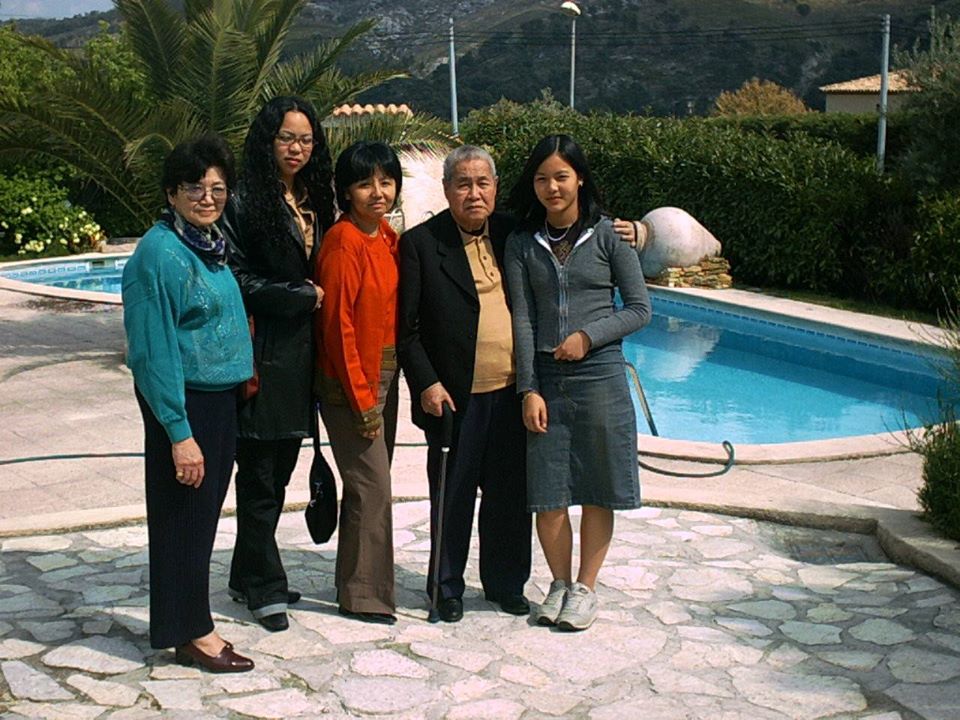
Submitted by History Steve (Share, but do not copy- especially The Khmer Times)
Sources used and cited include:
Photos: Mémoires d’une guerre oubliée (Facebook)
Quotes:
Southeast Asia: A Testament: George McT. Kahin
Fighting for time: Lipsman
New York Times/ Sydney Schanberg
Asialyst/ Jacques Bekaert / Richard Werly
CIA Archives
Dan Southerland/RFA
The Times News/ Kenneth Braddick

Excellent article on a very interesting subject.